When an organizations registers it domain. They have to setup a minimum of two public DNS servers having zone data (resource records) for their domain. In order to ensure the consistency of DNS records they must sync with single master server called primary DNS. The process of synchronization between master (primary) and slave (secondary) servers is call DNZ zone transfer. Protocols used for zone transfer are full zone transfer (AXFR) or incremental zone transfer (IXFR). Lets under the concept behind transfer of zone file.

In a typical IPV4 DNS environment organizations have two DNS servers. Both are maintained by organization own administrator. The primary server contains the authoritative DNS records and secondary server copies those records from primary server. They are exact replica of each other and have same DNS records. In order to ensure the consistency of data between master and slave DNS, there must be process which is well defined in RFC 1034 and RFC 1035 by internet authorities. This master/slave DNS setup saves administrators time. Administrator need to make changes on one servers only.
Without a proper definition of transfer zone process, DNS data maybe inconsistent. In the absence of proper zone transfer method, more administrative effort will be required as all DNS will require manual modifications. Which may result into errors or misconfigurations. Especially in large network environment where DNS servers modified frequently and users have high dependency on them.
DNS transfer of zone is a one way process. All secondary DNS servers obtain the information from primary. Primary server does not depend on anyone to obtain DNS resource records for domain. (Note: There is a concept of multi master DNS. But its not our scope right now).
Types of Zone Transfer (AXFR VS IXFR)
There are two primary types of DNS zone transfers. Full and incremental.
- AXFR (Full Zone Transfer): AXFR is used to replicate the entire DNS zone from the primary server to the secondary server. When setting up a new secondary server AXFR replication is performed. Sometimes when a major DNS change are performed in the zone, that also requires a full copy to be transferred. However, AXFR transfer can be resource-intensive, especially for large zones with many DNS records.
- IXFR (Incremental Zone Transfer): IXFR is a more efficient alternative, as it only transfers the changes made since the last transfer. This reduces the bandwidth and processing load on both the primary and secondary servers. IXFR is ideal for networks where DNS records change frequently, as it ensures that only updated records are synchronized.
Both AFXR and IXFR have their own purpose. In modern network. A combination of both is use. When a new server is built, AXFR transfer query is run to do a full syn. Once its completed, IXFR method is used to sync the delta later.
Role of SOA record (serial number) in DNS Zone transfer
Every domain name server start of authority (SOA) record. It has as a serial number associated with it. Whenever a change is make in primary DNS, serial number is increased by 1. This is a signal for secondary server that there is a change in primary server zone file. Once secondary DNS finds this increment, it raises a IXFR query and updates itself. Without serial number slave server has idea whether there was a change in zone or not.

Pull-Based DNS Zone Transfer
In a pull DNS zone transfer approach, the secondary DNS servers take the initiative. It goes to primary server for updates after a specific period of time . See it there is an increment in the serial number and initiate the AXFR or IXFR request to sync itself with primary DNS server.
Push-Based DNS Zone Transfer
In a push DNS zone transfer approach, the primary DNS servers take the initiative. When a change is made in DNS zone file, it notify all the secondary servers. It sends a notification (usually a DNS NOTIFY message) to the secondary servers, encoring them to initiate transfer zone. Usually both Push and pull methods are used to ensure the consistency, fast updates and minimum lag.
Network and Port Requirements for DNS Zone Transfer
If updates are available, the transfer begins between master and slave DNS . Port 53 is used for DNS zone transfer. The communication between servers typically happens over TCP (for AXFR) and UDP (for IXFR). TCP is used for full zone transfers due to the larger size of the data, while UDP can handle the smaller incremental changes. IXFR can also use TCP instead of UDP. It is highly recommended to use TCP. Since this is critical communication and requires proper acknowledgement over the network. Also it can handle bigger data packets.
Risks and Security Considerations
During DNS zone transfer several risk are involved like invalid zone transfer attempts and DNS zone poisoning etc. With appropriate measures like access control lists (ACL) and Transaction Signatures (TSIG) such risks can be minimized. Another best practices is to enable logging and auth the DNS traffic for any suspicious or unexacted request.
Common issues and Troubleshooting
DNS zone transfer may fail. Some common issue are misconfiguration, network or operating system firewall , routing and mismatched zone configuration etc. Tools like nslookup, dig, tracert and telnet can help in troubleshooting. These tools can help checking network traffic, firewall ports and routing etc. This transfer zone method can be used on both forwarded and reverse lookup zones.
Despite the importance of zone transfers, they can sometimes fail due to misconfigurations or network problems. One common issue is incorrect setup of the primary or secondary servers, such as mismatched DNS zone configurations or failure to set proper permissions for zone transfers.
In conclusion, DNS zone transfers play a vital role in reliable Domain Name System infrastructure. It ensures redundancy, load balancing, and high availability, which are critical in modern networks. Organizations can improve the performance and stability of their networks, minimizing downtime and ensure service availability. However appropriate security measures and proper zone transfer protocol must be implemented at the same time.
Frequently Asked Questions (FAQ)
DNS zone is a set of DNS records that contain the resource records for a specific domain.
Invalid zone transfer and zone poisoning etc are some of the example of risks associated with DNS zone transfer.
-
DNS Propagation
DNS propagation. How it works. What you need to know. Key factors. How to plan it effectively. Myths and much more.
-
Change DNS In Windows
If you want to change your DNS setting in your windows 10 or server operating system. You need to do…
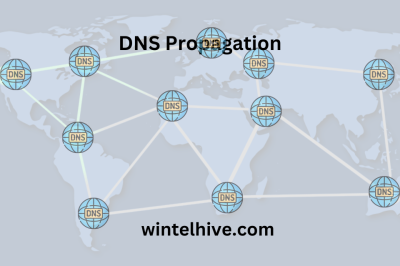
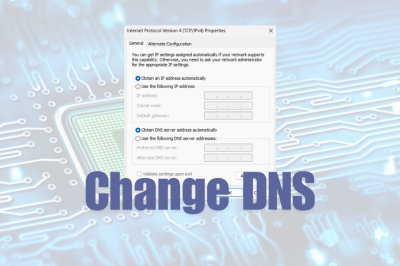

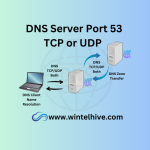
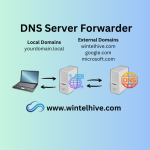
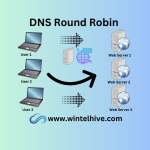

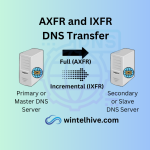
Leave a Reply